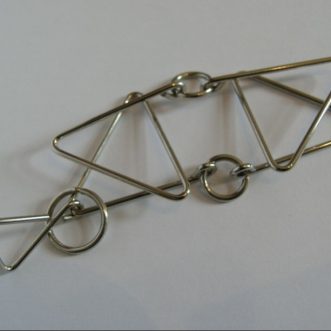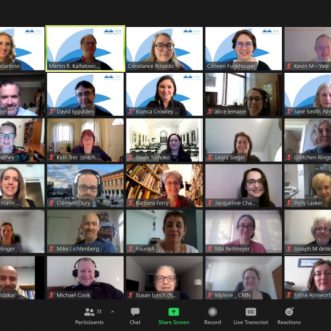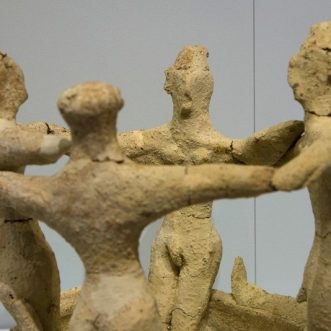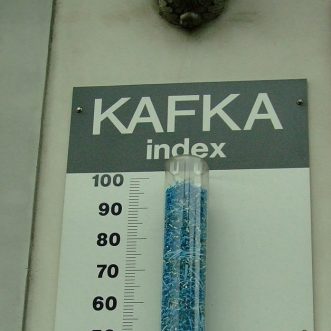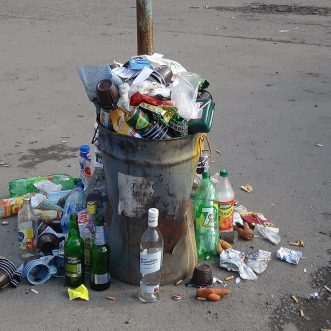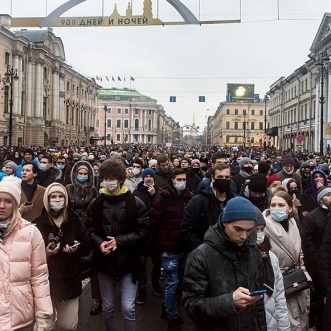March 9, 2022
One of the hardest things to get your head around when you first start thinking about your Customer Experience Score, is working out how what you do splits into different activities. When you’ve always done a bunch of tasks together, it can be hard to see how they don’t necessarily belong together in your Score.
Why does this matter?
Because the last thing you want your people to have to do is to ask themselves the equivalent of “Hang on, do I play this note or skip it?” every time they play your music.
A musical score doesn’t usually contain optional notes. You play what you see. You want your Score to work the same way.
Good questions to ask yourself to disentangle tasks and place them sensibly in your Score are:
“Does this Activity get repeated for the same client?”
“If so, do I do this task every time I do this activity?” If not, it probably belongs somewhere else, either as a step in another Activity or as an Activity in its own right.
“Where could I put it that would mean it does happen every time?” Often that’s the next Activity along in the process.
Let’s look at a simple example, setting up a new client.
When I set up a new client, I create a folder for them on my storage system. That folder contains general information about the client that is going to be useful however many times I work with them in future.
So, my ‘Set Up Client’ activity will involve creating that folder, then populating it with the information I want to keep for that client.
Whenever I start a new project, I set up a subfolder inside the client’s folder to hold information that’s specific to this project.
The only reason I’m setting up a new client is because I’m doing a project with them. So, at first glance it would be tempting to include setting up the project stuff as part of the ‘Set Up Client’ activity.
But what happens if we do a second project with this client? Does the person (who is not me) playing this Score start at Set Up Client and repeat unnecessary tasks? Or have to check whether they have been done already before they carry them out?
It would be better to have a separate ‘Set Up Project’ activity that includes the tasks that apply to setting up each and every project, and restrict ‘Set Up Client’ to only those tasks that are relevant to it.
Now, as a player, I can move from ‘Set Up Client’ to ‘Set Up Project’ seamlessly for the first project, and repeat from ‘Set Up Project’ if we work together again.
I don’t have to think about it, I can just play the notes, without getting into a tangle.

